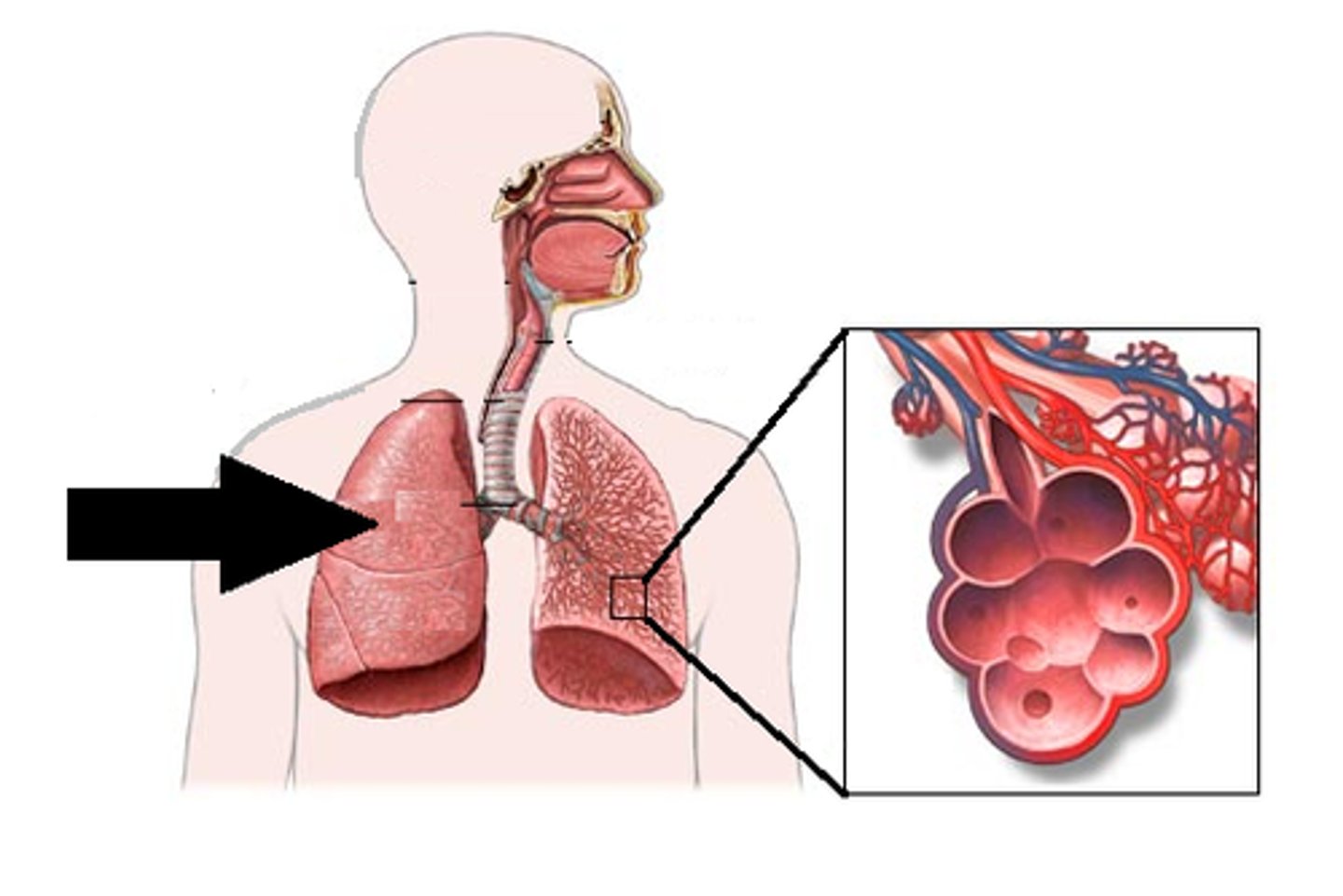Diffusion: Cell biology: Biology: GCSE (9:1)
1/21
There's no tags or description
Looks like no tags are added yet.
Name | Mastery | Learn | Test | Matching | Spaced |
|---|
No study sessions yet.
22 Terms
Diffusion
The movement of substances such as gas particles or substances in solution, from a higher concentration to a lower concentration
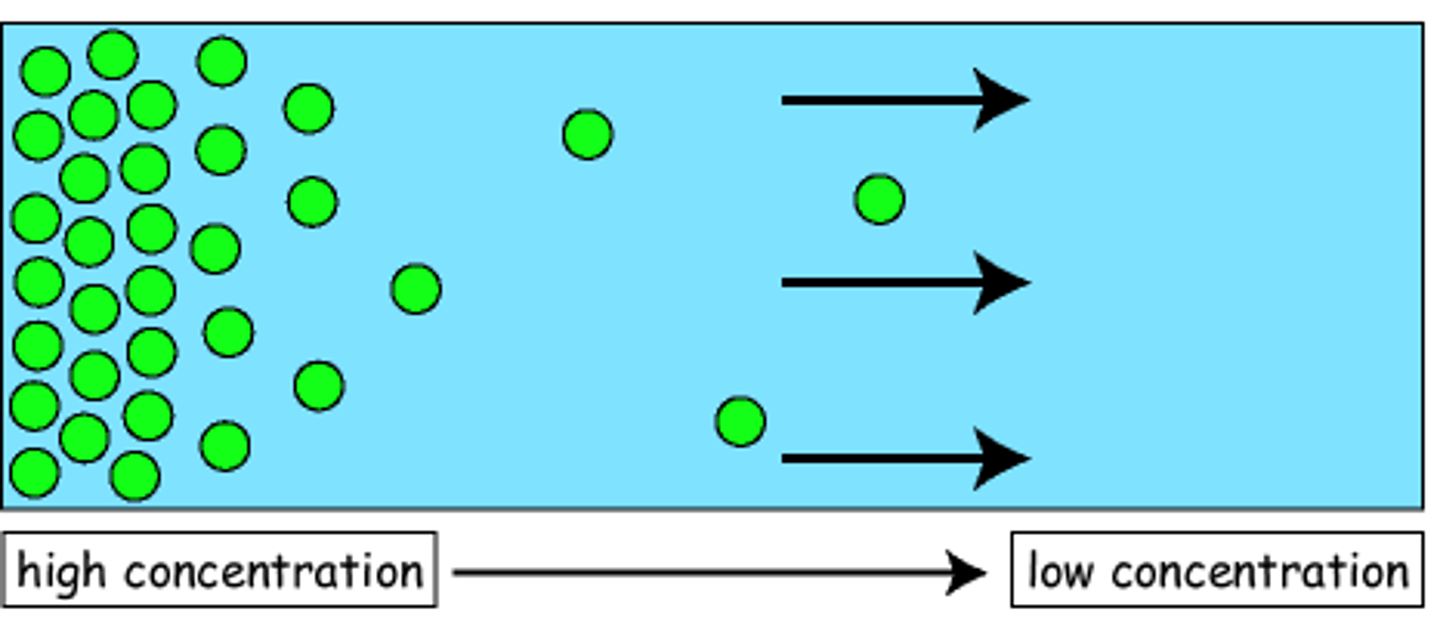
Cell membrane
Controls the movement of substances in and out of a cell, should be permeable to allow molecules to move through the membrane
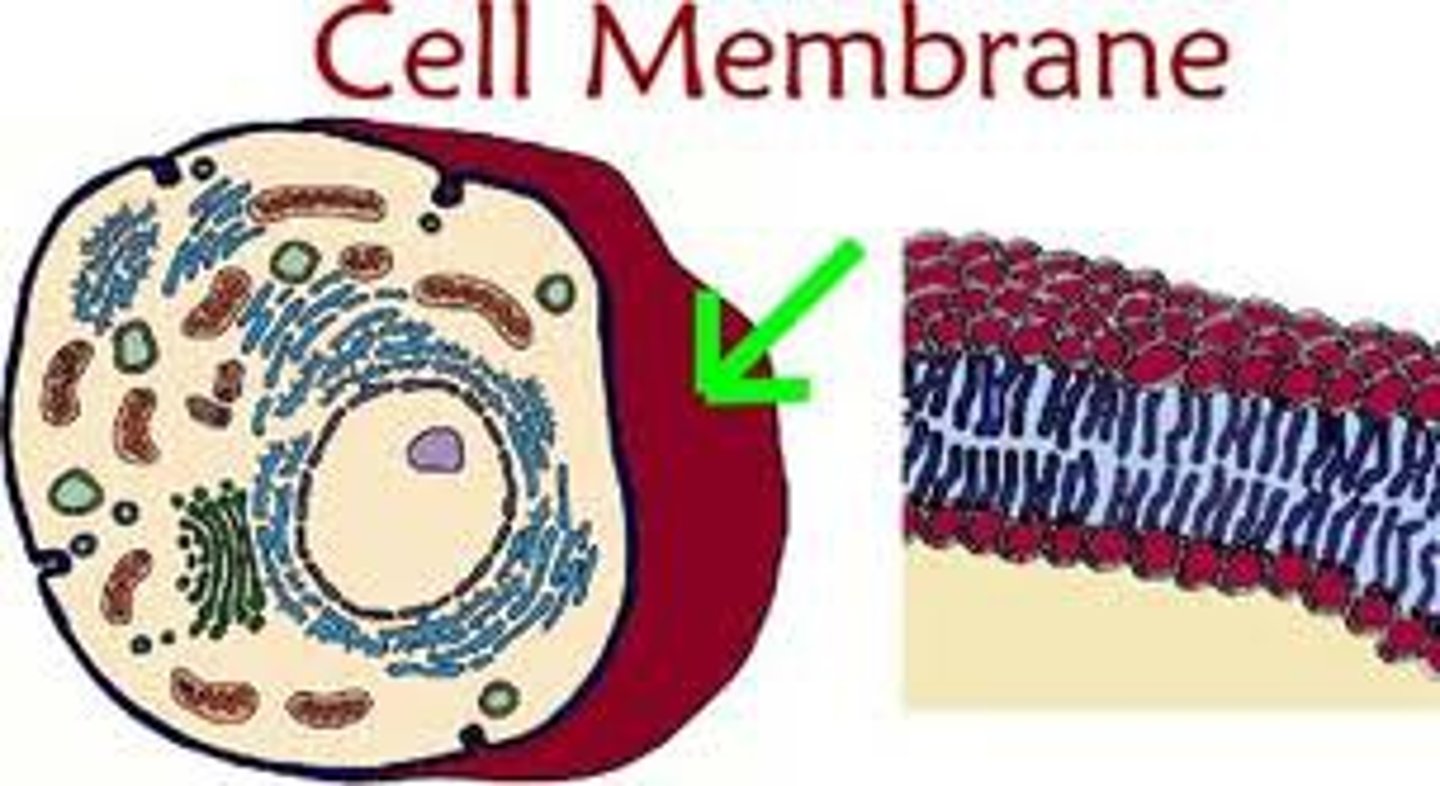
Gas exchange
When oxygen and carbon dioxide move in and out of cells by diffusion

Purpose of gas exchange
Organisms need oxygen for aerobic respiration, they also need to remove carbon dioxide which is a waste product in some organisms

Sites of gas exchange
The alveoli of the lungs and respiring cells around the body

Concentration gradient
The difference in concentration of a substance
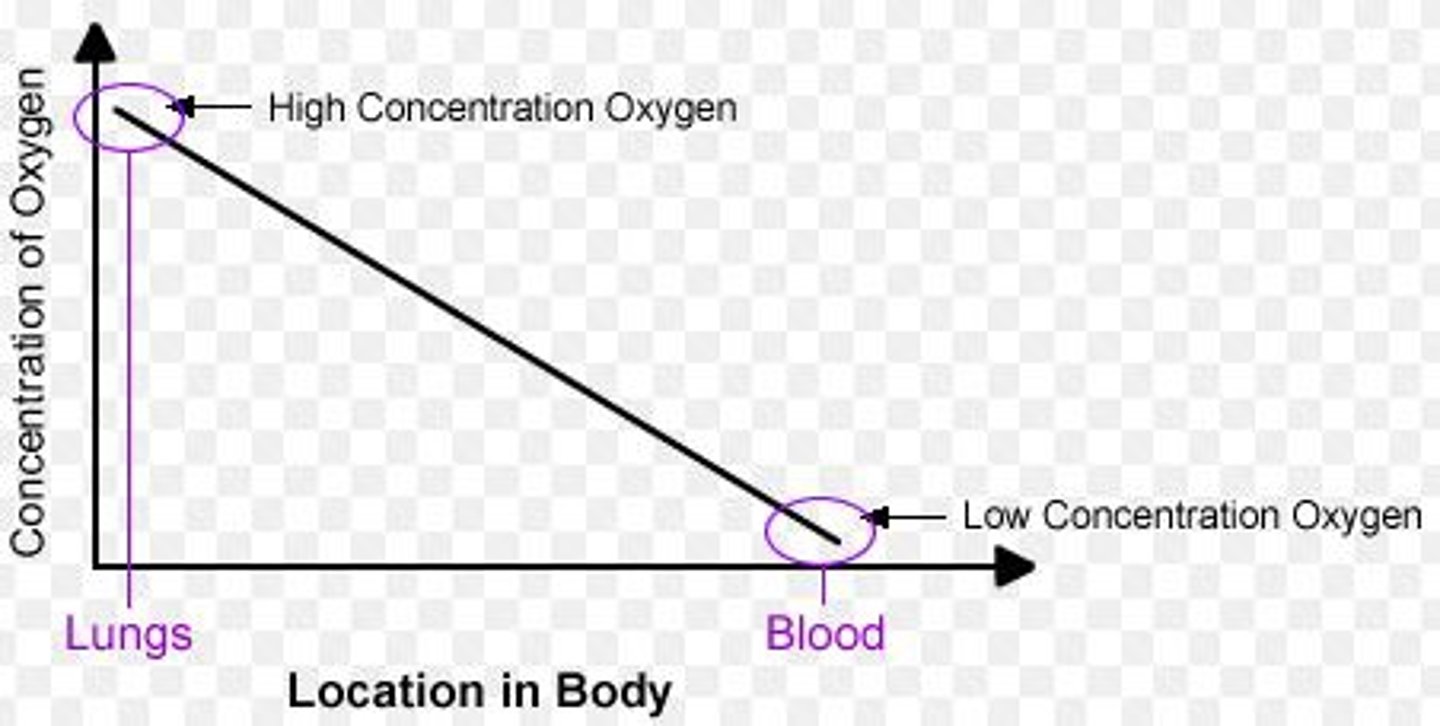
Surface area
The total area of the surface of an object

Factors affecting diffusion
Concentration gradient, temperature and surface area

Temperature
Particles move more and diffuse quicker in warmer environments
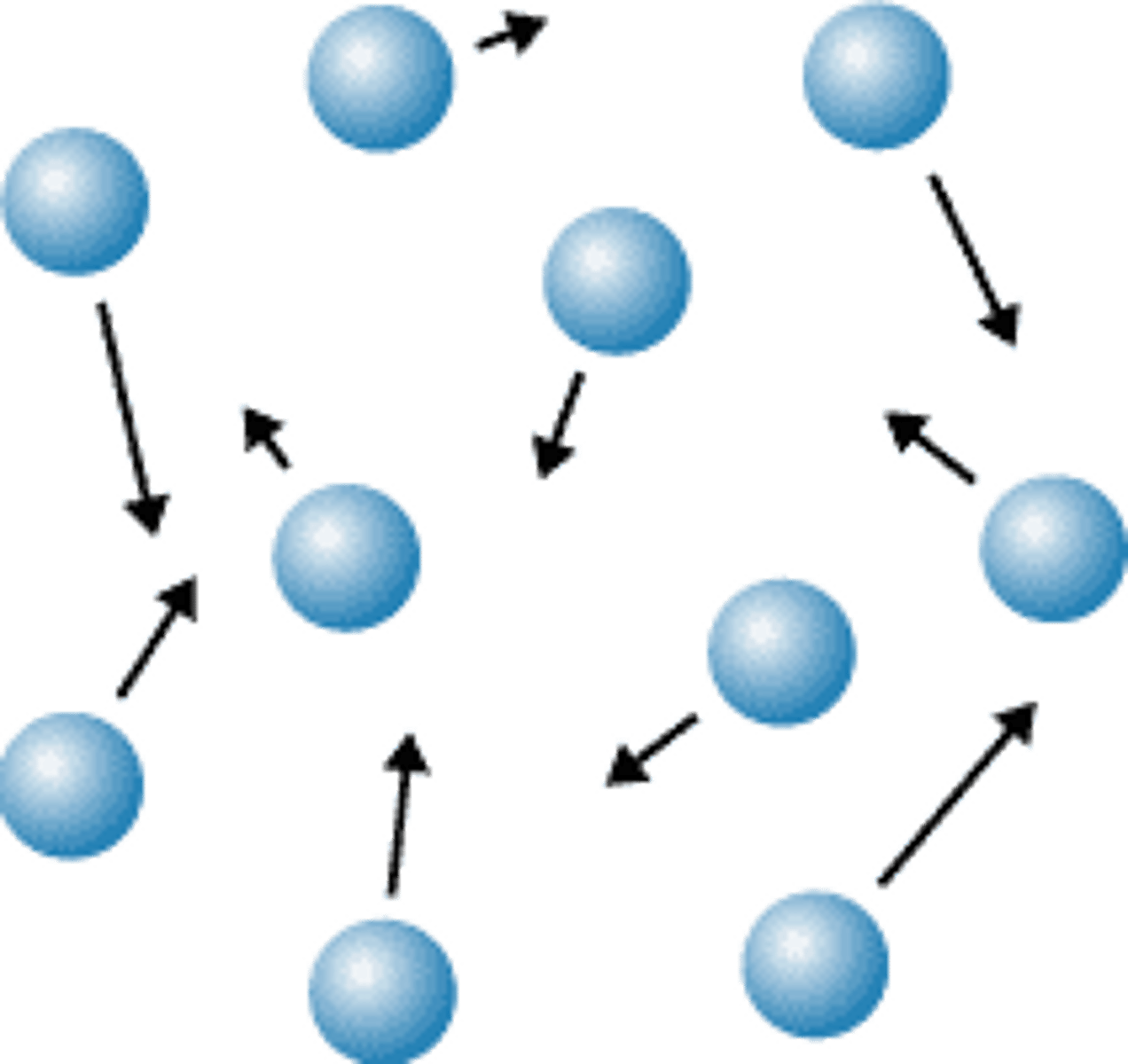
Surface area to volume ratio
The amount of surface area in relation to how large something is
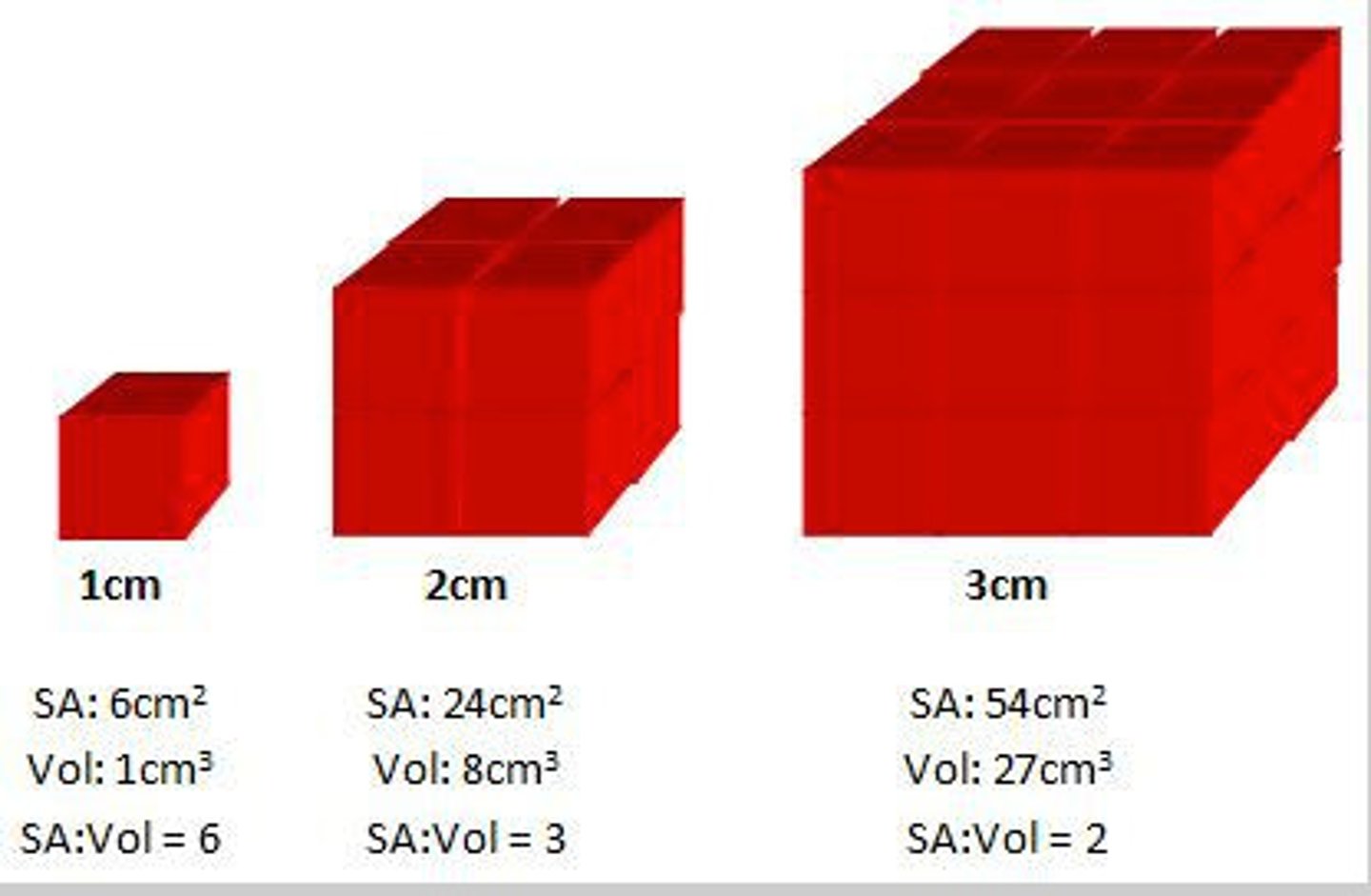
Large surface area to volume ratio
Leads to faster diffusion rates, as there is more room for particles to diffuse through a membrane
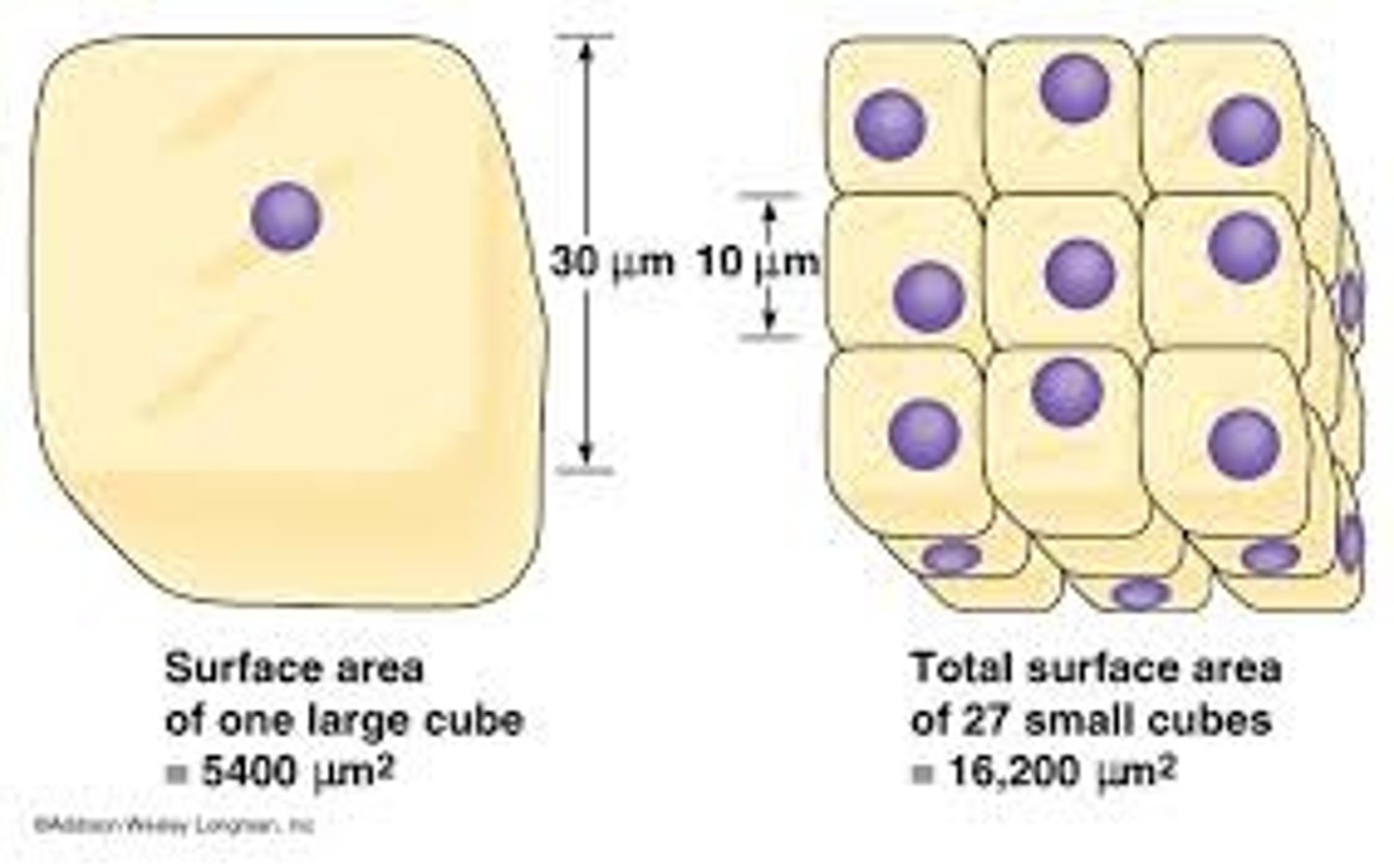
An effective exchange surface
Has a large surface area, a good blood supply, is well ventilated for gas exchange and has a thin membrane for diffusion
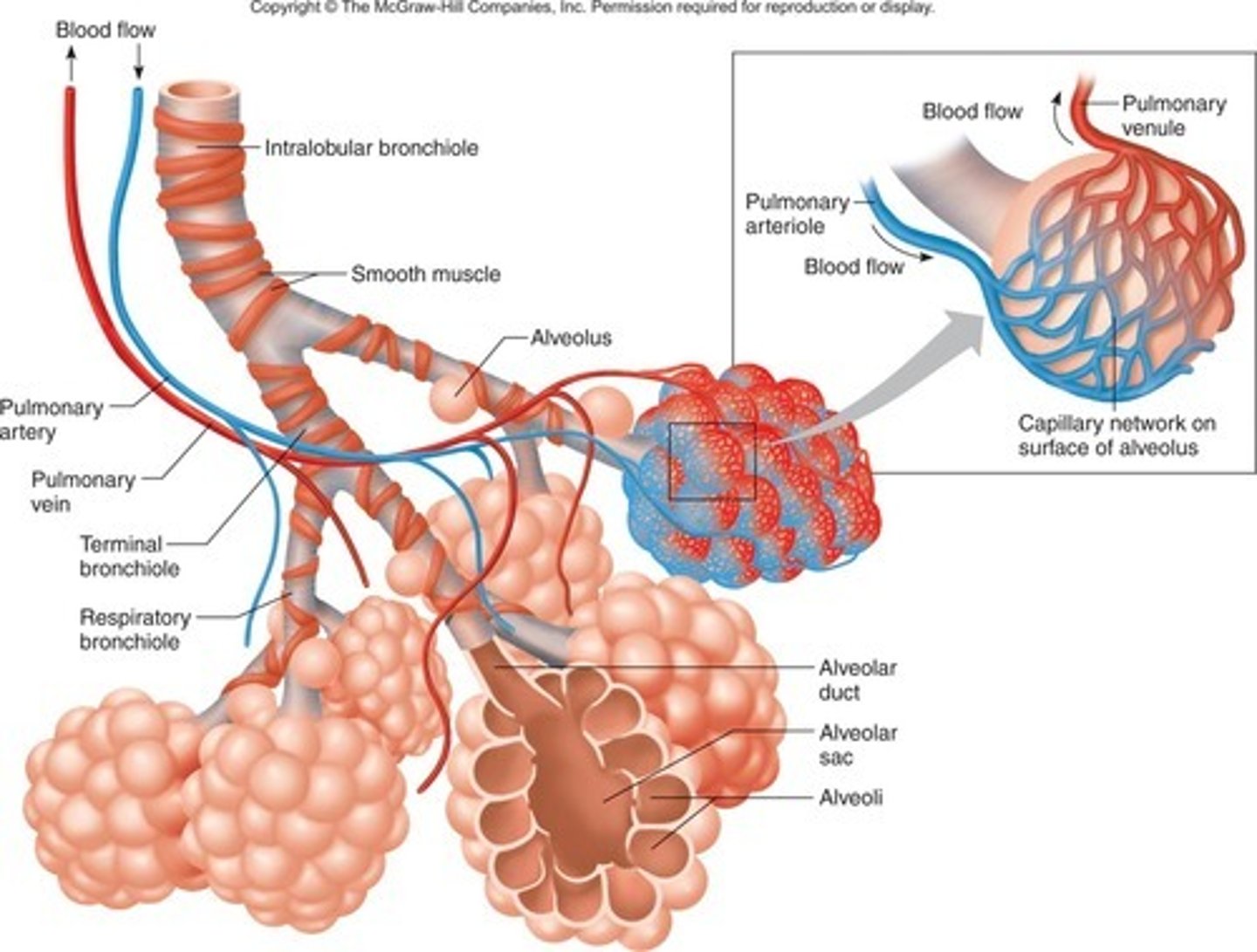
Structures adapted for exchanging materials
Small intestine, kidneys, lungs, gills in fish, roots and leaves in plants all have adaptations such as thin membranes and increased surface area
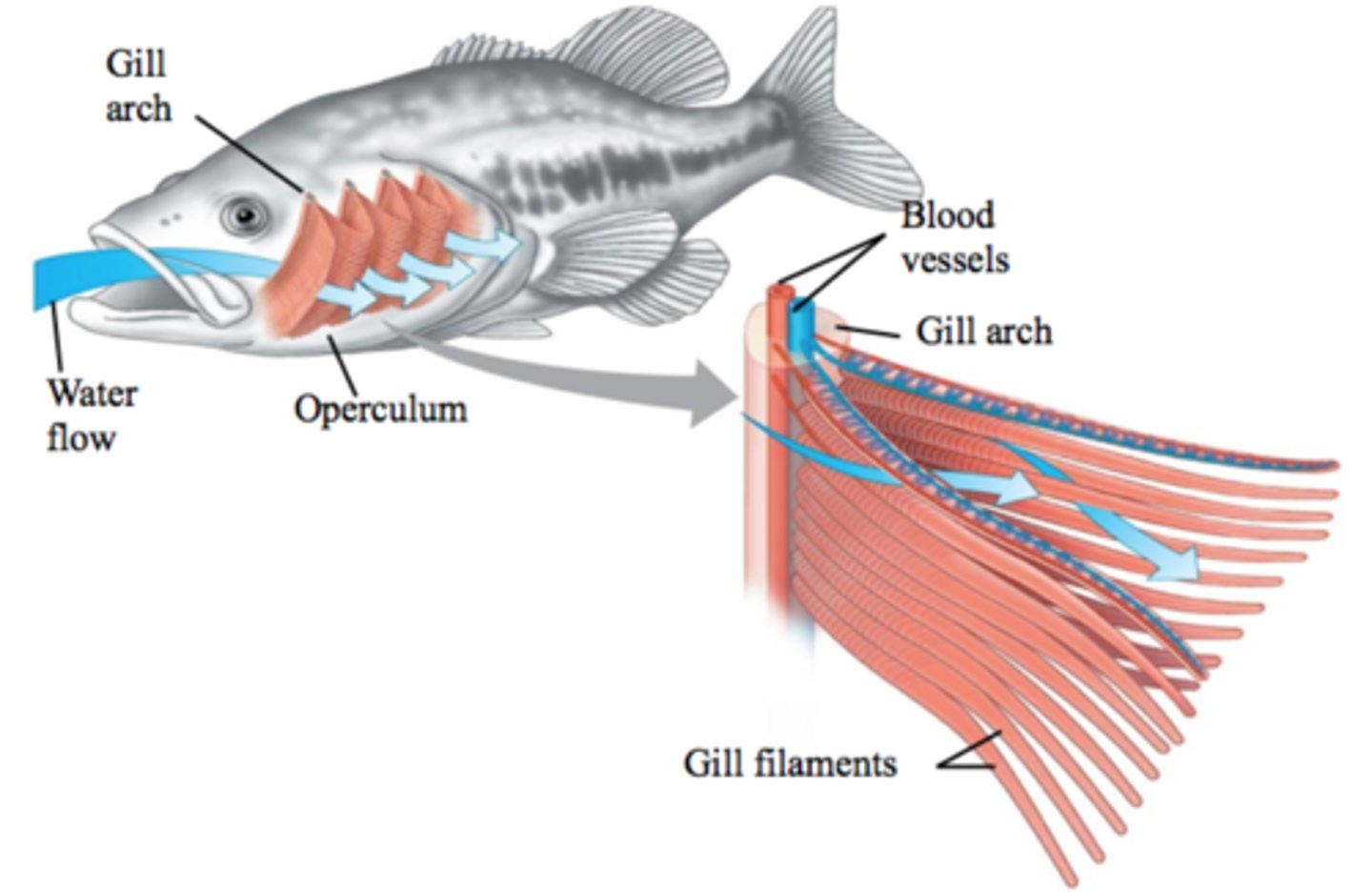
Specific cells, tissue and sacs adapted for exchange
Alveoli in mammal lungs, ciliated epithelial cells in the intestines, gill filaments in fish gills and some amphibian gills, root hair cells in plants, guard cells in plants
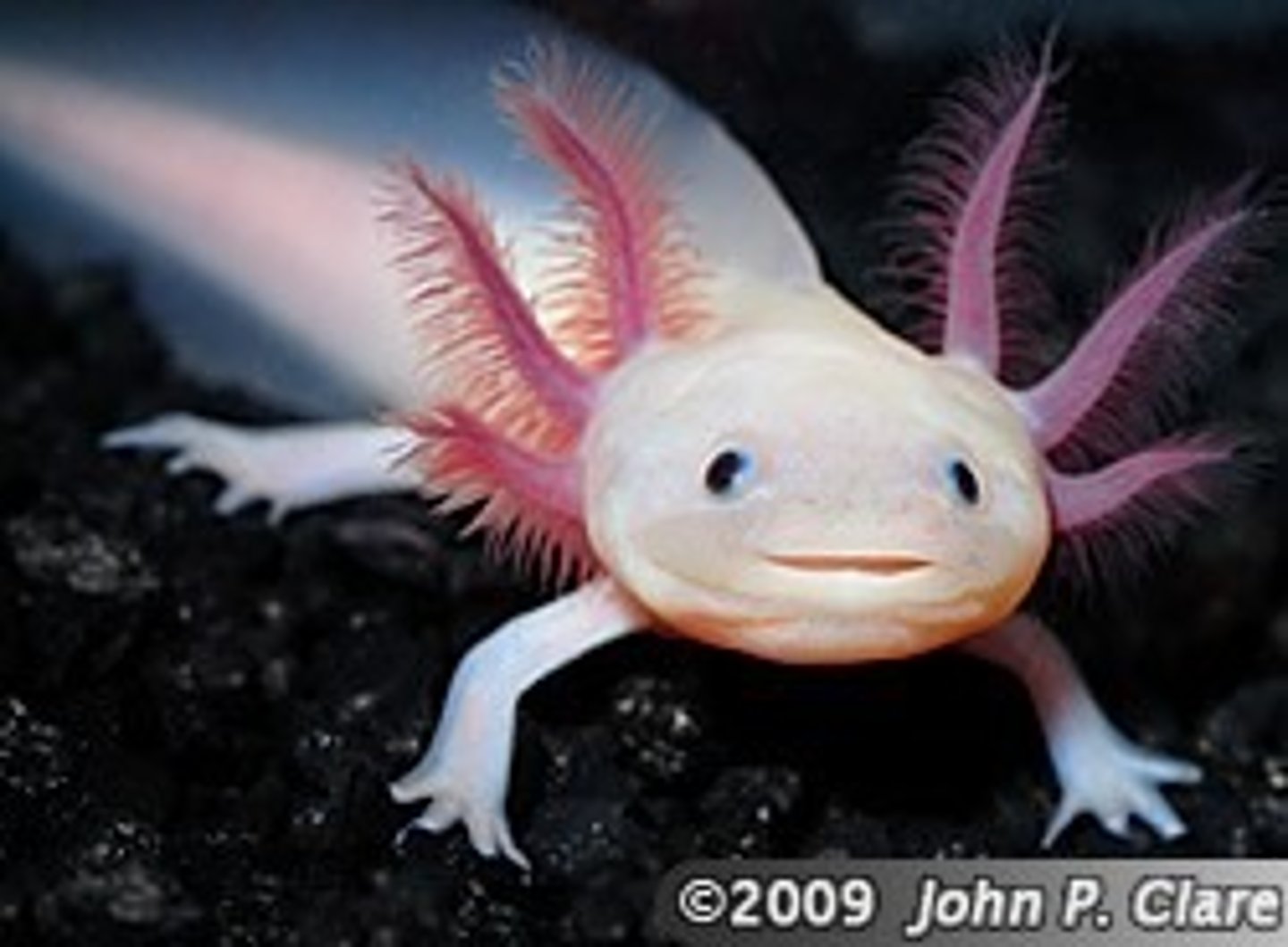
Need for transport systems
Larger organisms have smaller surface area to volume ratios and are unable to directly obtain useful substances from their environment like single-celled organisms can
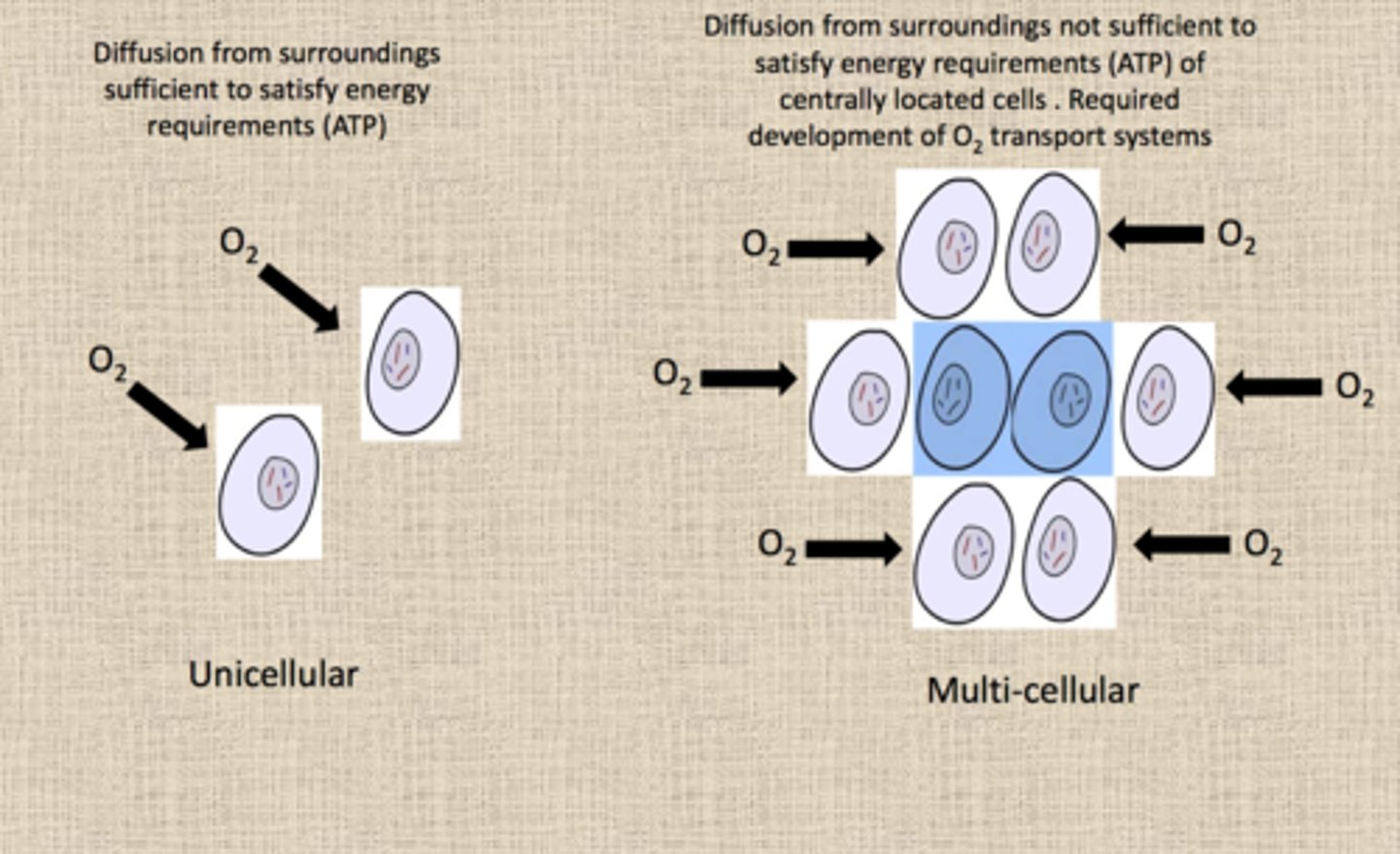
Transport system
A system that is used for transporting substances around a multicellular living organism, such as the circulatory system in animals or the xylem and phloem in plants
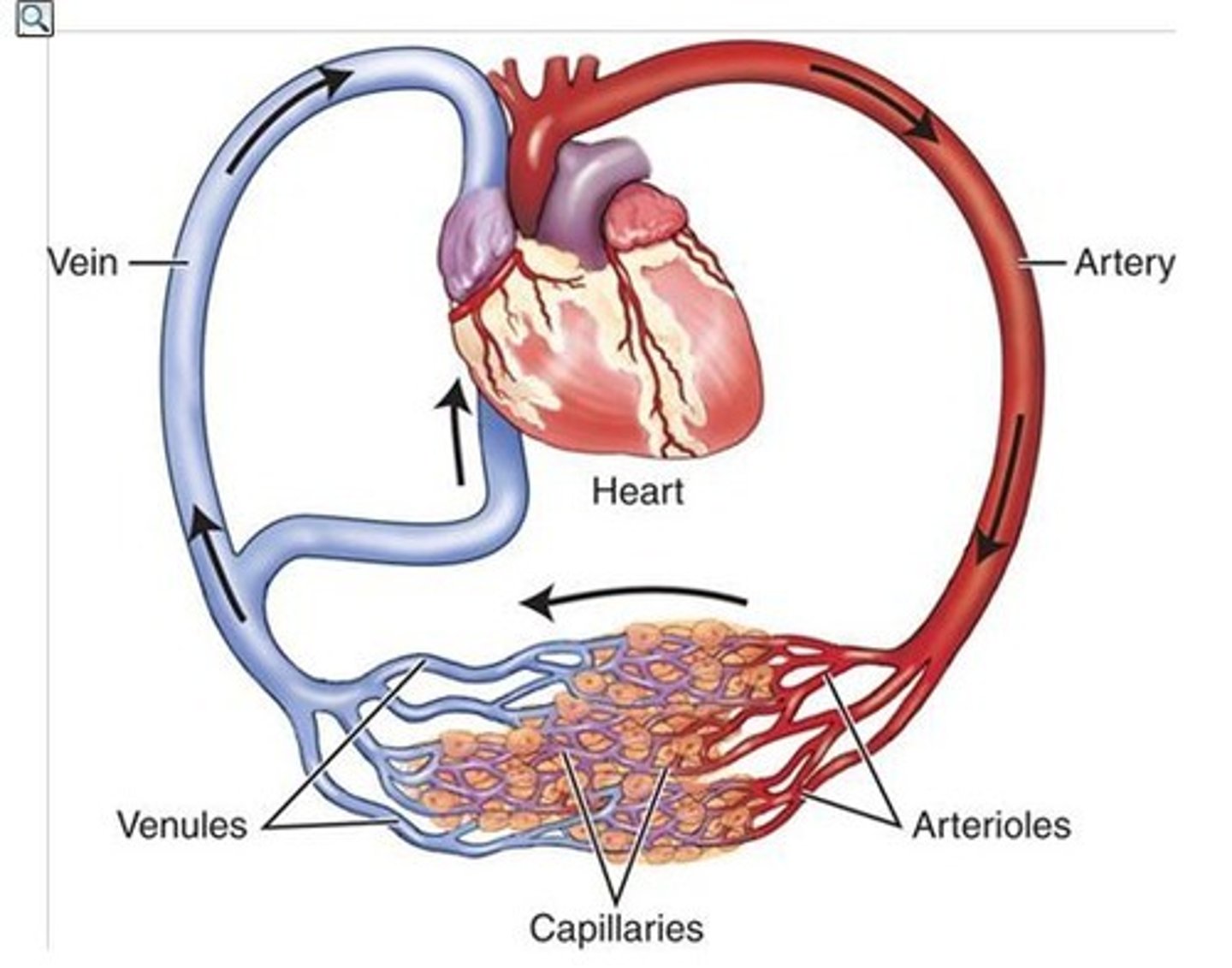
Soluble food molecules
Are absorbed by diffusion or active transport in the small intestine, which has highly folded structures called villi to increase surface area for absorption

Urea
A waste product that is filtered and removed from the blood plasma via diffusion in the kidneys
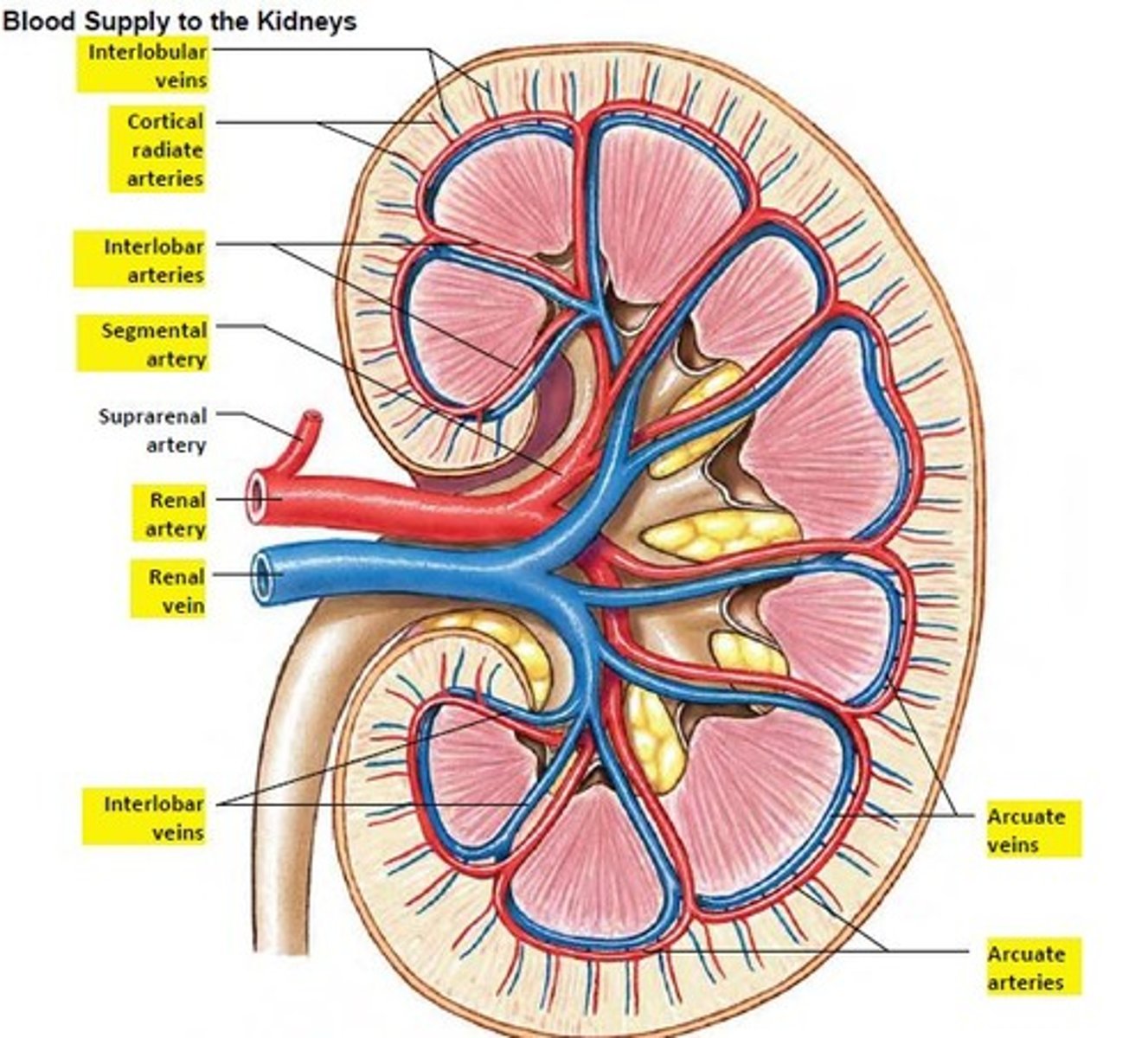
Gas exchange in plants
Carbon dioxide diffuses into the plant in exchange for oxygen that diffuses out of the plant, this process is regulated by guard cells in the leaves that can open and close the stomata efficiently

Water and mineral ions in plants
Needed for cell functioning and proper plant development, they diffuse passively or actively into root hair cells with large surface areas and are transported to the leaves via the xylem
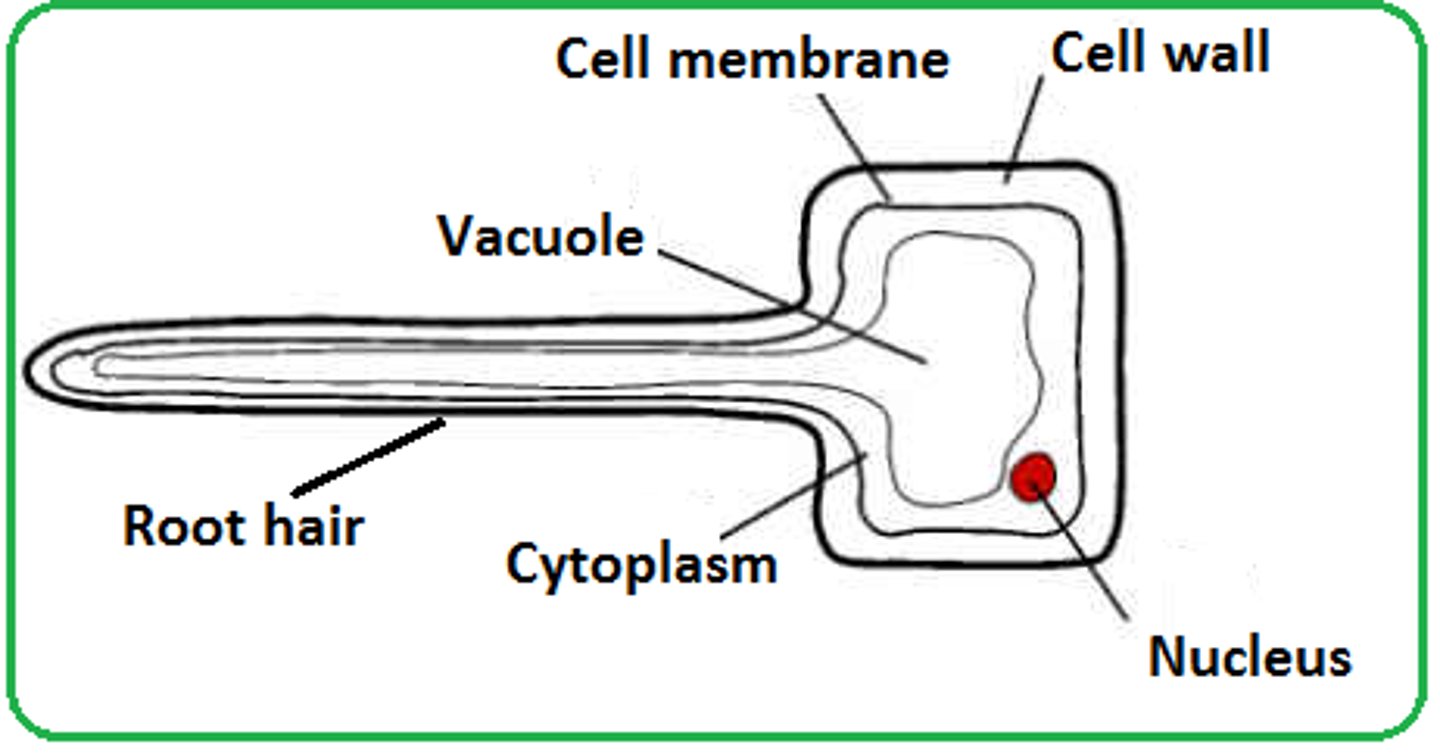
Gills in fish
Have a large surface area for oxygen absorption due to the presence of gill arches and filaments, oxygenated water passes over the gills as fish swim in a specific direction

Lungs
Are specialised in gas exchange due to the presence of many tiny sacs called alveoli that are adapted for diffusion due to being moist, one cell thick and surrounded by capillaries
